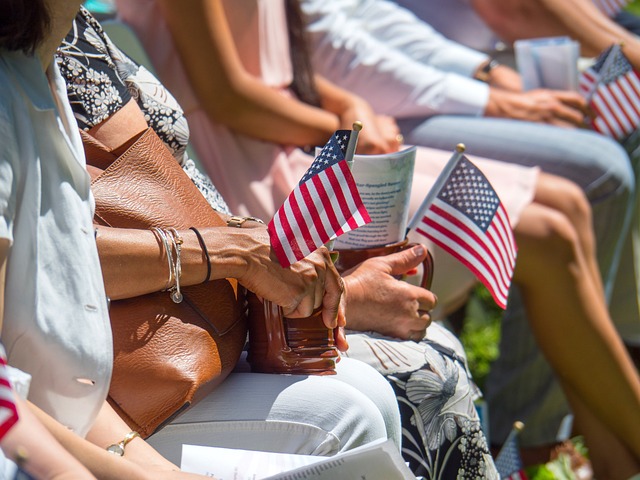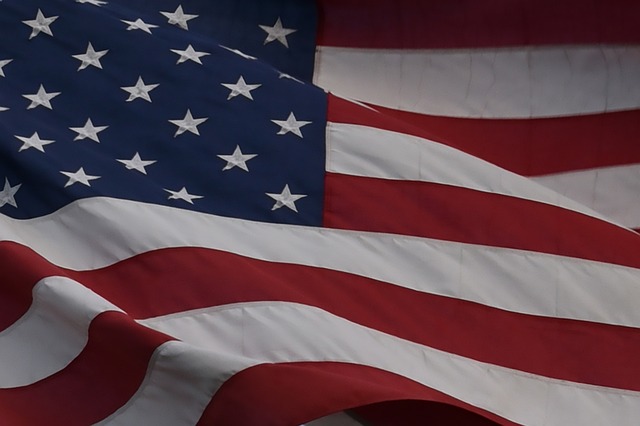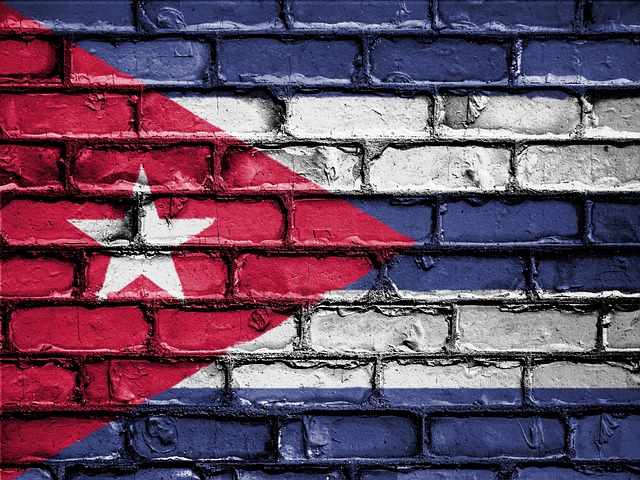The American Ultimate Ultimate Flags and its associated American Flag Peace Sign are powerful symbols of unity, diversity, and shared values in the United States. The flag's stripes represent historical colonies while stars symbolize states, fostering a visual harmony among differences. Over time, the flag has evolved to reflect societal changes while preserving core symbolism of liberty, justice, and democratic principles. The American Flag Peace Sign, popularized in the 1960s counterculture movement, promotes ideals of freedom, equality, and non-violence, transcending political and cultural boundaries and often displayed alongside the flag as a testament to cherished American values.
The American Flag and the peace sign are iconic symbols, each representing profound values within American culture. The flag, with its stars and stripes, has long been a legacy of freedom and unity, evoking a sense of patriotism and shared ideals. Conversely, the peace sign, with its simple design, embraces harmony, non-violence, and a commitment to global understanding, reflecting a desire for a more serene world. This article explores these powerful emblems and their enduring significance in American society.
- Symbolism of the American Flag: A Legacy of Freedom and Unity
- The Peace Sign: Embrace of Harmony and Non-Violence in American Culture
Symbolism of the American Flag: A Legacy of Freedom and Unity

The American Flag, with its vibrant red, white, and blue hues, stands as an iconic symbol of the nation’s history, values, and aspirations. Each stripe represents one of the original thirteen colonies, while the stars symbolize the 50 states that make up the United States today. More than just a national emblem, it embodies the core peaceful American ideals of liberty, justice, and unity. The design, with its alternating stripes and stars, creates a powerful visual representation of the nation’s diverse yet interconnected fabric.
The American Flag has evolved over time, reflecting changes in society while retaining its foundational symbolism. It serves as a reminder of the sacrifices made by past generations to secure freedom and forge a united front. When unfurled during ceremonies or displayed on homes and public buildings, it becomes a universal sign of respect, pride, and the enduring commitment to democratic principles. As a peaceful American ideal, it transcends political boundaries, uniting citizens in a shared sense of belonging and purpose.
The Peace Sign: Embrace of Harmony and Non-Violence in American Culture

The iconic American Flag Peace Sign has become a universal symbol of harmony and non-violence, deeply ingrained in American culture. This simple yet powerful design, often associated with the counterculture movement of the 1960s, represents a diverse range of peaceful ideals that are dear to Americans. It serves as a reminder of the nation’s commitment to freedom, equality, and justice for all.
The Peace Sign, with its distinct circular shape featuring a white bird in flight on a green background between two red leaves, has transcended political boundaries and cultural contexts. It embodies the American spirit of peace and unity, often used to promote social movements, environmental causes, and global harmony. This versatile symbol has found its place not only in protests but also in everyday life, adorning clothing, accessories, and homes as a testament to the values cherished by many Americans, especially when displayed alongside the revered American Flag.
